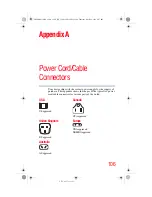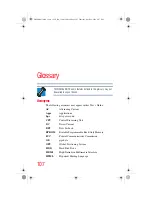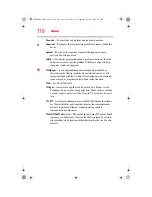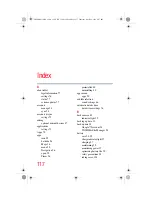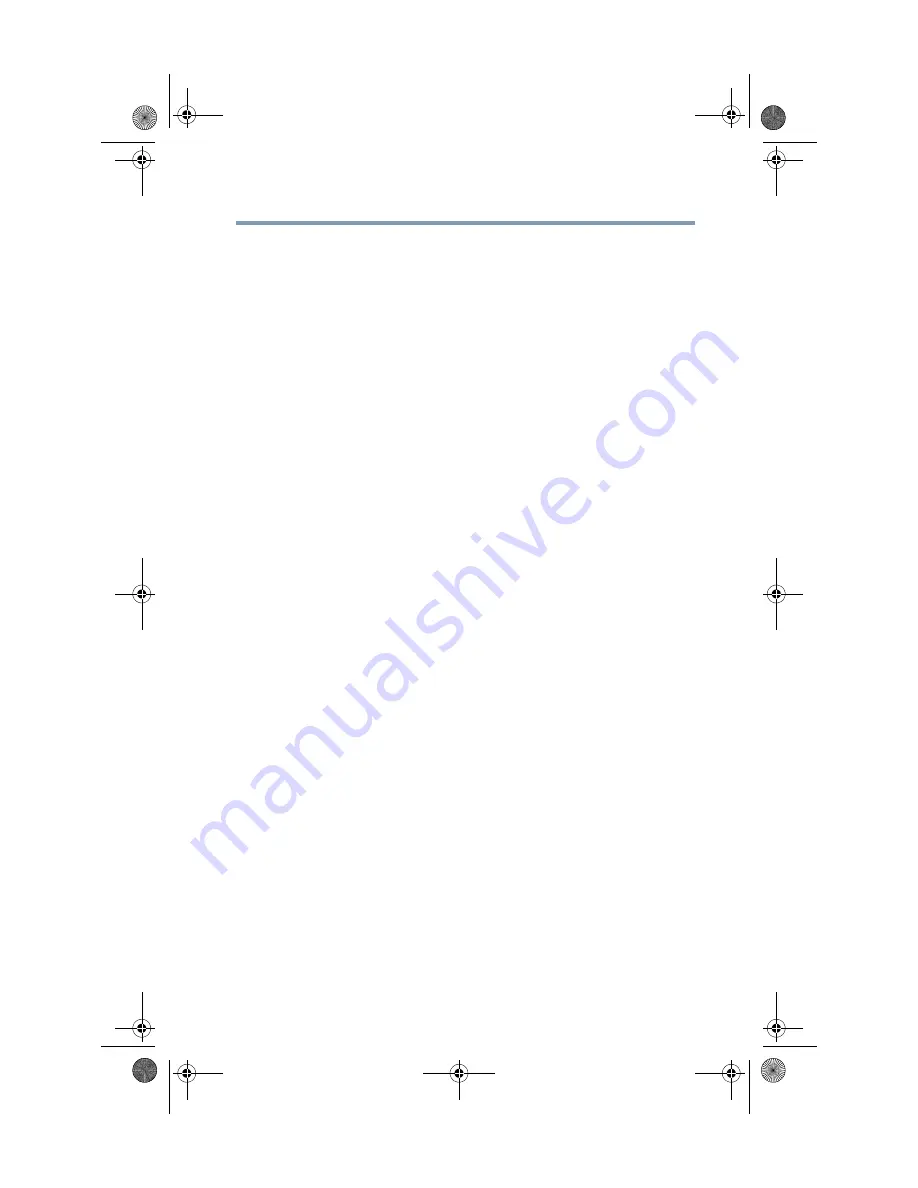
Glossary
111
cursor
—An on-screen symbol (usually a flashing vertical line) that
indicates the position where characters will appear when you enter
data.
D
default
—The setting selected by a program when the user does not
specify an alternative setting.
device
—A component attached to the tablet. Devices may be external
(outside the tablet’s case) or internal (inside the tablet’s case).
Printers, disk drives, and modems are examples of devices.
device driver
—A program (called a “driver”) that permits the tablet to
communicate with a device.
Direct Current (DC)
—The type of power usually supplied by batteries.
DC flows in one direction. Compare
Alternating Current (AC).
disable
—To turn the option off. See also
enable
.
disk drive
—The device that reads and writes information and programs
on external media or hard disk. It rotates the disk at high speed past
one or more read/write heads.
document
—Any file created with an application and, if saved to disk,
given a name by which it can be retrieved. See also
file
.
download
—(1) In communications, to receive a file from another source
through a network. (2) To send font data from the tablet to a printer.
See also
upload
.
drag
—To touch and hold an item for a moment and then, without
lifting your finger, move the item until you reach the target
position.
driver
—See
device driver
.
E
emulation
—A technique in which a device or program imitates another
device or program.
enable
—To turn on an option. See also
disable
.
executable file
—A program that is ready to run. Application programs
and batch files are examples of executable files. Names of
executable files usually end with a .bat, .exe, or .apk extension.
expansion device
—A device that connects to a tablet to expand its
capabilities. Other names for an expansion device are port expander,
port replicator, docking station, or network adapter.
GMAD00314010_excite_10LE_ICS_12Apr26.book Page 111 Thursday, April 26, 2012 8:27 PM










